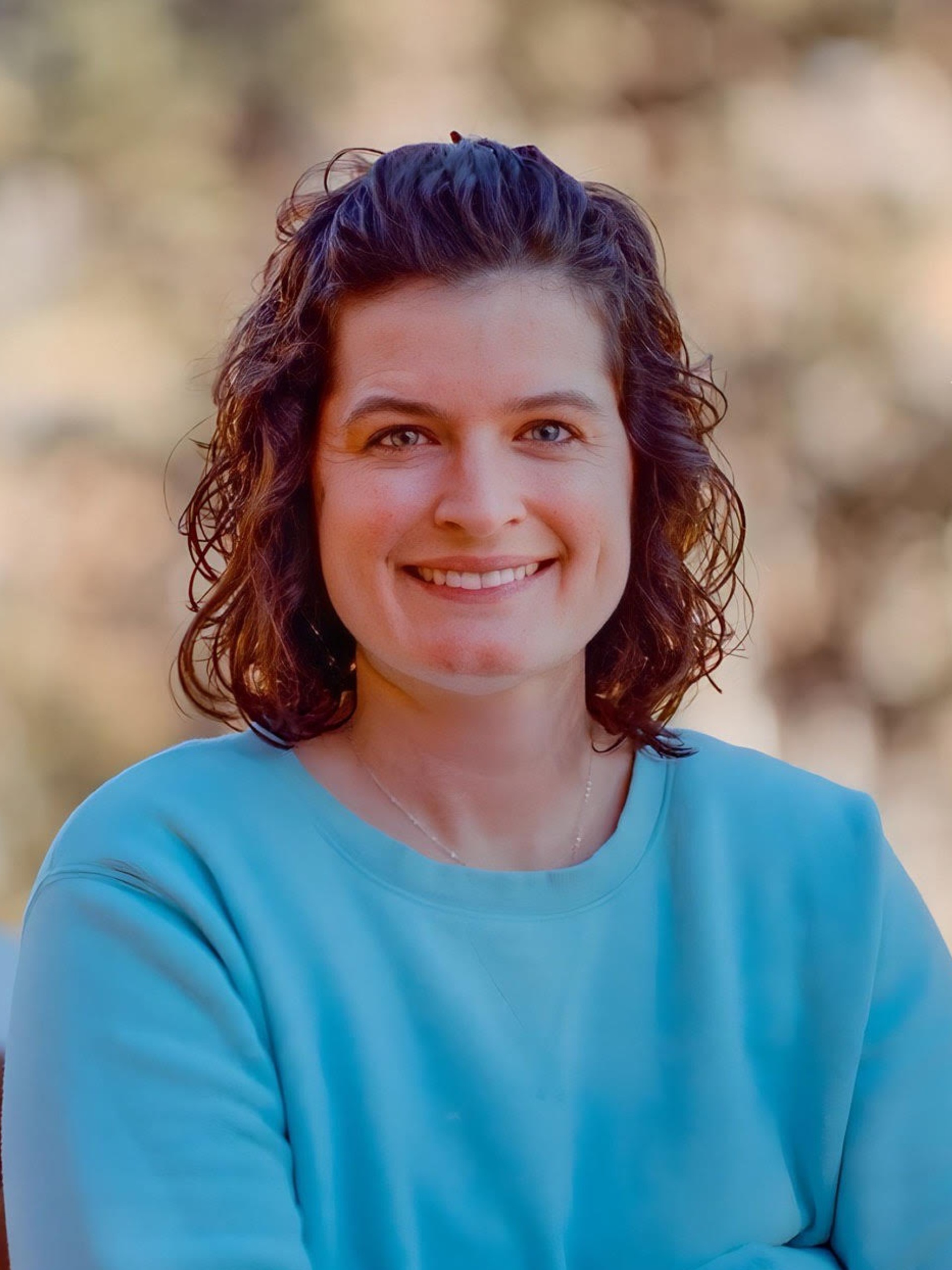Trending Articles
The Power of Silence
Silence is difficult even for adults, so imagine my surprise when I was instructed to train kids in that language!
Catechesis of the Good Shepherd (CGS) is a Catholic catechetical model developed by Sofia Cavalletti in the 1950s, which incorporates Montessori education principles. One of the pioneering aspects of Dr. Maria Montessori’s work was her cultivation of times of silence for her children. In Dr. Montessori’s Own Handbook, she explains: “When the children have become acquainted with silence … (they) go on to perfect themselves; they walk lightly, take care not to knock against the furniture, move their chairs without noise, and place things upon the table with great care … These children are serving their spirits.”
Each Sunday morning, anywhere between ten and twenty children, aged between three to six, gather in our atrium for catechesis. In CGS, we say ‘atrium’ rather than a classroom because an atrium is a place for community life, prayerful work, and conversation with God. During our time together, we make time for silence. The silence is not stumbled upon but purposefully made. It is also not a tool for control when things get noisy; it is regularly prepared for. This is what I have especially learned from these children.
True silence is a choice.
Practise Makes Perfect
In the CGS atrium, we speak about ‘making silence.’ We don’t find it, we aren’t surprised by it. With a regular routine, with intention and attentiveness, we make silence.
I didn’t realize how little silence was in my life until I was asked to purposefully make silence each week. This is not for a long time, only fifteen seconds to a minute, two at the most. But in that brief period, my entire focus and goal was making my whole self to be still and silent.
There are moments in my everyday routine where I might encounter a period of quiet, but the silence itself was not the goal of the moment. I may be driving in the car alone, perhaps a few minutes of quiet while my children read or are otherwise occupied in another area of the house. After reflecting on the practice of making silence, I have begun distinguishing between ‘found quiet’ and ‘made silence.’
Making silence is a practice. It involves not only pausing one’s speech but also one’s body. I am sitting in silence as I type these words, but my mind and body are not still. Perhaps you are sitting in silence while you read this article. But even the act of reading negates the making of silence.
We live in a very busy world. Background noise abounds even when we are at home. We have timers, televisions, reminders, music, vehicle noise, air conditioning units, and doors opening and closing. While it would be lovely to be able to enclose ourselves in a soundproof room to practice making silence in the utmost quiet, most of us do not have such a place available. This does not mean we cannot make authentic silence. Making silence is about quieting ourselves more than insisting on quiet in our environment.
The Art of Listening
Making silence provides the opportunity to listen to the world around you. By stilling our body, stilling our words, and as best we can, stilling our minds, we are able to listen with greater attentiveness to the world around us. At home, we more readily hear the air conditioning unit working, which gives us the opportunity to be thankful for its cooling breeze. When outdoors, we hear the wind rustle the leaves of the trees or can appreciate more fully the birdsong around us. Making silence is not about the absence of other sounds, but about discovering silence and stillness within your own self.
As people of faith, making silence also means listening with the ears of our hearts for the whispering of the Holy Spirit. In the atrium, every so often, the lead catechist will ask the children what they heard in the silence. Some will answer with the things one might expect. “I heard the door close.” “I heard a truck drive by.” Sometimes, however, they astonish me. “I heard Jesus say I love you.” “I heard the Good Shepherd.”
We can learn a great deal from making silence. Practically speaking, we learn self-control and patience. But even more importantly, we learn to rest in the beauty of the truth of Psalm 46:10, “Be still and know that I am God.”

Kate Taliaferro is an Air Force wife and mom to six beautiful children. She is a homeschooler, blogger, YouTuber, and maker of all the yarn crafts. She lives in Montgomery, Alabama, and regularly contributes content for Catholic blogs.
Latest Articles
Want to be in the loop?
Get the latest updates from Tidings!







